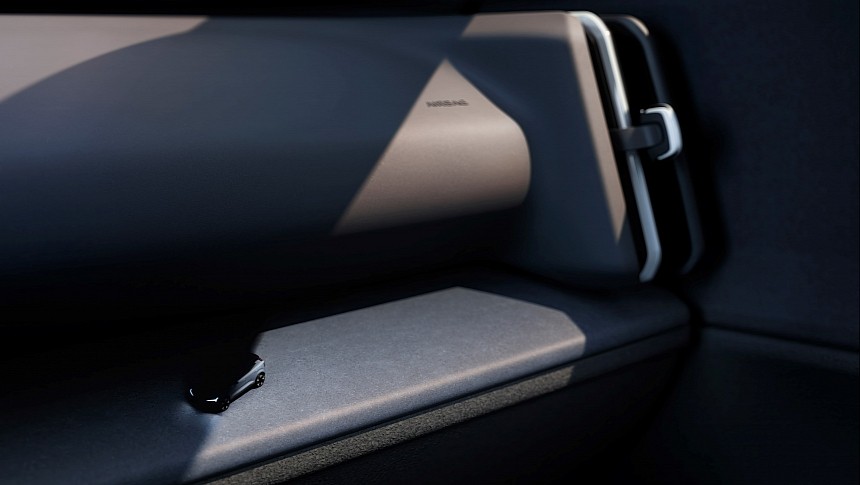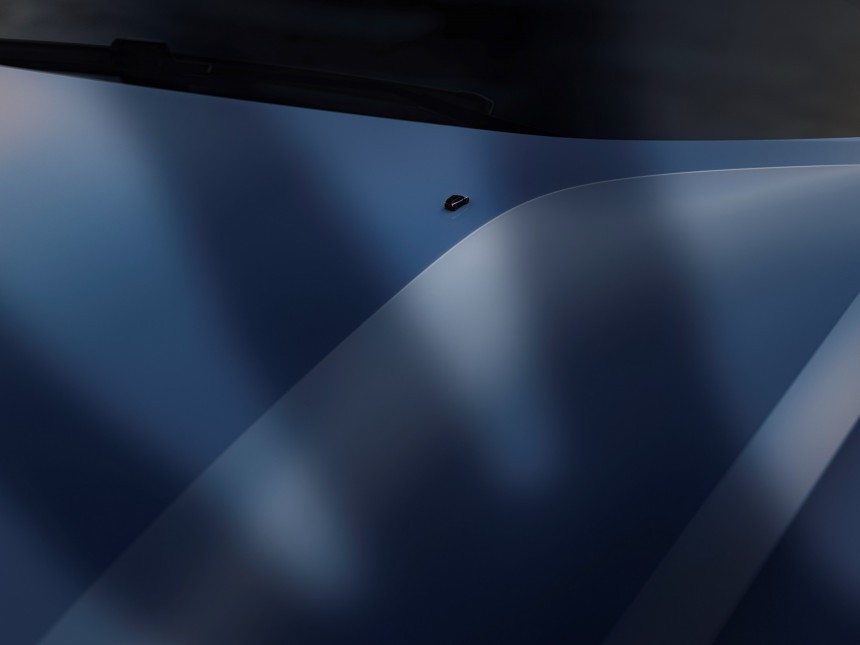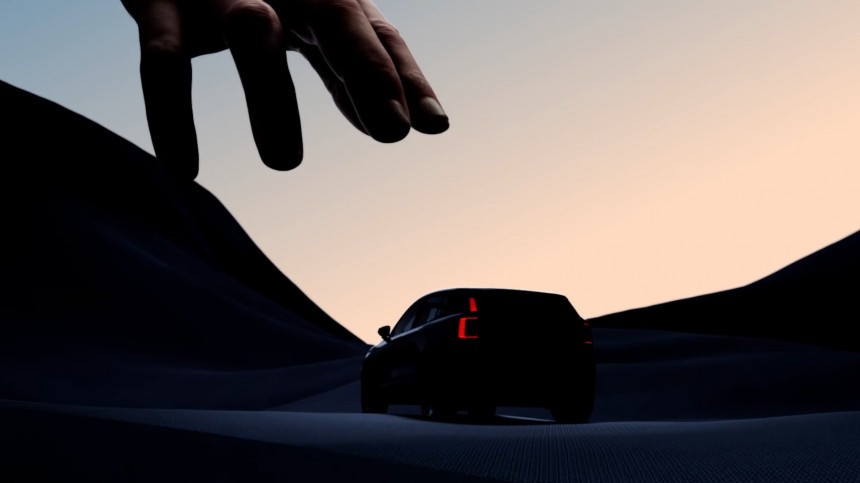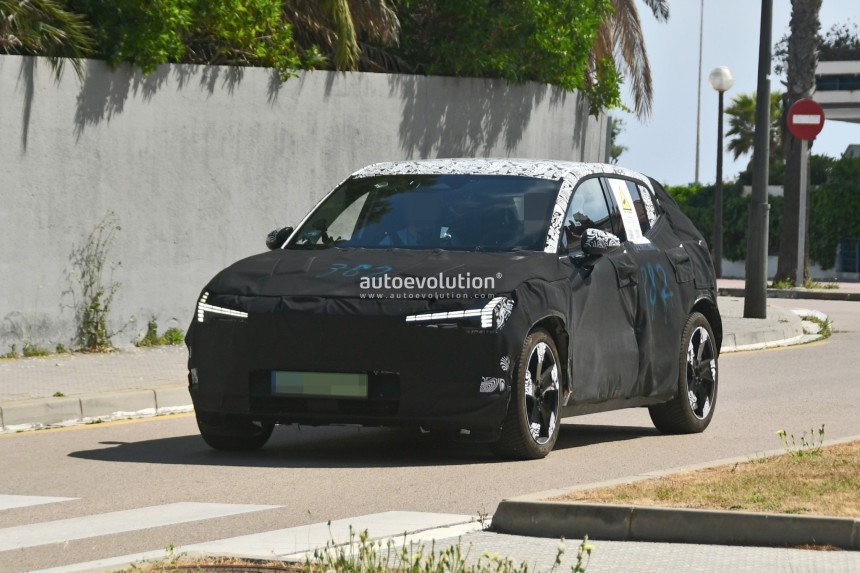The new Volvo EX30 is not only the automaker's tiniest electric crossover but also the model with the smallest C02 footprint out of the brand's lineup, reflecting Volvo's shift toward more sustainable mobility.
Electrification is taking the automotive world by storm, as most car brands are adopting an electrified strategy for their product offerings. Although EVs contribute to a lower CO2 footprint, it's not enough – the production and transport of these vehicles all involve greenhouse gas emissions.
I'm not trying to downplay the importance of lower emissions by using EVs. For instance, new research carried out by the University of Southern California showed that even a slight increase in electric cars in an era has a positive effect on the number of emergency room visits due to asthma. Moreover, we could all probably agree that breathing in fewer fumes would be amazing.
The EX30 is Volvo's latest addition to its range of EVs, which includes the C40 Recharge and the XC40 Recharge. The company aims to reduce its overall CO2 emissions per car by 40% compared to 2018 levels by 2025. What's more, it plans to axe 25% of emissions resulting from its operations, supply chain, and raw material sourcing, also by 2025. These are all critical steps in achieving its ambition of becoming climate-neutral by 2040.
Volvo managed to reduce the overall carbon footprint of the EX30 over 200,000 km (124,274 miles) to below 30 tons. Compared to the C40 and XC40 models, that's a 25% decrease. Let me explain how the Swedish brand achieved this feat.
The most obvious aspect regarding this reduction is the EX30's size – of course, a smaller size involves fewer materials in its production. Around a quarter of all aluminum used in the vehicle is recycled, as well as about 16% of the steel.
The car's interior was also designed and built with sustainability in mind. Following optimization as a guiding sustainable design principle, Volvo's designers have combined multiple functions inside the EX30 within one component. That translates into a reduced number of parts necessary inside. Furthermore, around 17% of all plastics used for the EX30's elements, such as interior components or bumpers, are recycled. That's a new record for the Swedish brand.
Many recycled and renewable materials are used for the doors, dashboard, and seats, including denim, flax, and a wool blend containing 70% recycled polyester. For example, the brand collects waste products from the denim recycling process to develop the denim interior deco.
A significant challenge for automakers is lowering manufacturing and supply chain emissions. In the EX30's case, it's manufactured in a factory powered by high levels of climate-neutral energy, including 100% climate-neutral electricity.
Lowering emissions from the supply chain is only possible with effective cooperation between the automaker and its partners. 95% of Volvo's Tier 1 suppliers for the EX30 have committed to 100% renewable energy in their production by 2025, with many already achieving the target.
Volvo has taken several steps to become more eco-friendly when it comes to the production process. For instance, the EX30's manufacturing involves one of the highest material utilization rates in stamped body parts. Moreover, the company uses blockchain technology to tackle material traceability, especially when producing battery packs – it tracks critical raw materials, such as manganese, cobalt, lithium, graphite, and nickel.
The cradle-to-gate CO2 impact represents the CO2 impact from the extraction of raw materials to the finished car arriving at the dealer. The EX30 boasts a cradle-to-gate CO2 impact of around 18 tons.
Taking all these steps and measures would be in vain if the finished product itself cannot be recycled. In the EX30's case, it's designed to be recovered to 95% by recycling the materials and recovering the energy from what cannot be recovered.
Volvo is still keeping things hush-hush ahead of the official reveal. For instance, the automaker teased us by revealing that the EV will come with new features to keep occupants safe in urban environments. Besides the suite of safety equipment we've gotten used to getting from Volvo, the EX30 will be equipped with a new advanced driver alert system and a special sensor detecting eye and face movements.
Based on the recent teasers, spies, and leaks, digital car content creators have already designed a CGI version of the EX30, hinting toward what we can expect from the vehicle. But take everything with a grain of salt – we have little to wait until Volvo paints the full picture.
The Volvo EX30 will be revealed on June 7, and customers will be able to order or pre-order the EV in selected markets starting from the same date. That's when we'll find out more about the EX30's pricing. The fact that it's produced in China to keep costs down, paired with its low environmental impact, makes it an attractive choice for a younger audience.
I'm not trying to downplay the importance of lower emissions by using EVs. For instance, new research carried out by the University of Southern California showed that even a slight increase in electric cars in an era has a positive effect on the number of emergency room visits due to asthma. Moreover, we could all probably agree that breathing in fewer fumes would be amazing.
The EX30 is Volvo's latest addition to its range of EVs, which includes the C40 Recharge and the XC40 Recharge. The company aims to reduce its overall CO2 emissions per car by 40% compared to 2018 levels by 2025. What's more, it plans to axe 25% of emissions resulting from its operations, supply chain, and raw material sourcing, also by 2025. These are all critical steps in achieving its ambition of becoming climate-neutral by 2040.
Volvo managed to reduce the overall carbon footprint of the EX30 over 200,000 km (124,274 miles) to below 30 tons. Compared to the C40 and XC40 models, that's a 25% decrease. Let me explain how the Swedish brand achieved this feat.
The car's interior was also designed and built with sustainability in mind. Following optimization as a guiding sustainable design principle, Volvo's designers have combined multiple functions inside the EX30 within one component. That translates into a reduced number of parts necessary inside. Furthermore, around 17% of all plastics used for the EX30's elements, such as interior components or bumpers, are recycled. That's a new record for the Swedish brand.
Many recycled and renewable materials are used for the doors, dashboard, and seats, including denim, flax, and a wool blend containing 70% recycled polyester. For example, the brand collects waste products from the denim recycling process to develop the denim interior deco.
A significant challenge for automakers is lowering manufacturing and supply chain emissions. In the EX30's case, it's manufactured in a factory powered by high levels of climate-neutral energy, including 100% climate-neutral electricity.
Volvo has taken several steps to become more eco-friendly when it comes to the production process. For instance, the EX30's manufacturing involves one of the highest material utilization rates in stamped body parts. Moreover, the company uses blockchain technology to tackle material traceability, especially when producing battery packs – it tracks critical raw materials, such as manganese, cobalt, lithium, graphite, and nickel.
The cradle-to-gate CO2 impact represents the CO2 impact from the extraction of raw materials to the finished car arriving at the dealer. The EX30 boasts a cradle-to-gate CO2 impact of around 18 tons.
Taking all these steps and measures would be in vain if the finished product itself cannot be recycled. In the EX30's case, it's designed to be recovered to 95% by recycling the materials and recovering the energy from what cannot be recovered.
Based on the recent teasers, spies, and leaks, digital car content creators have already designed a CGI version of the EX30, hinting toward what we can expect from the vehicle. But take everything with a grain of salt – we have little to wait until Volvo paints the full picture.
The Volvo EX30 will be revealed on June 7, and customers will be able to order or pre-order the EV in selected markets starting from the same date. That's when we'll find out more about the EX30's pricing. The fact that it's produced in China to keep costs down, paired with its low environmental impact, makes it an attractive choice for a younger audience.
































